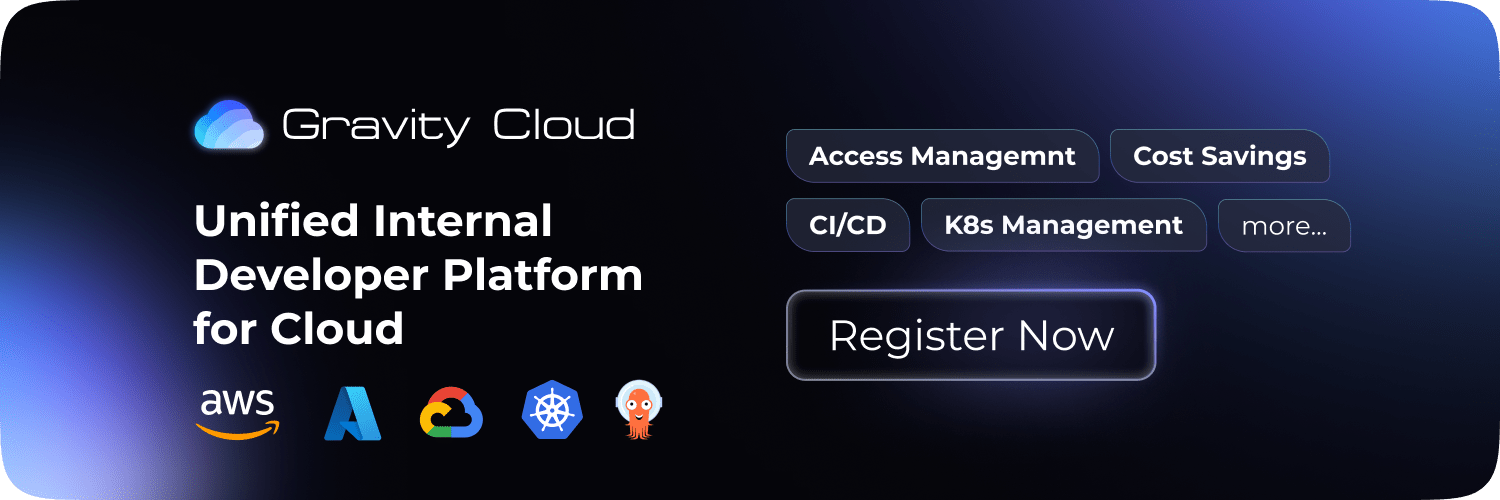AWS
Cost Saving
AWS: On-Demand vs Reserved vs Spot Cost savings


Quick Comparison
On-Demand Instances
On-demand instances allow you to pay as you go with no upfront costs, offering flexibility for unpredictable workloads. They are ideal for development, testing, and short-term projects but come at a higher price compared to other options.
- Pricing: Pay-as-you-go; no upfront cost.
- Flexibility: No long-term commitment; ideal for unpredictable workloads.
- Use Cases: Development, testing, and short-term projects.
- Pros: Easy to scale up or down; no upfront payment.
- Cons: Highest cost compared to other instance types.
Reserved Instances
Reserved Instances require a 1- or 3-year commitment, providing significant cost savings of up to 75% and reserved capacity for predictable, steady-state workloads. This option is best suited for long-term projects with consistent usage patterns.
- Pricing: Up to 75% discount compared to On-Demand; requires upfront payment.
- Flexibility: 1 or 3-year commitment; reserved capacity.
- Use Cases: Predictable, steady-state workloads.
- Pros: Significant cost savings; capacity reservation.
- Cons: Less flexibility; requires long-term commitment.
Spot Instances
Spot Instances offer the lowest cost, with up to 90% savings compared to On-Demand, by taking advantage of unused EC2 capacity. They are perfect for fault-tolerant, flexible workloads like batch processing and data analysis, though they come with the risk of interruptions by AWS.
- Pricing: Up to 90% discount compared to On-Demand; variable pricing.
- Flexibility: Instances can be terminated by AWS with short notice.
- Use Cases: Batch processing, data analysis, and flexible applications.
- Pros: Lowest cost; great for fault-tolerant and flexible workloads.
- Cons: Risk of interruption; not suitable for critical applications.
Workload Management for Best Cost Optimisation
Different types of workloads can be split into On-Demand, Reserved, and Spot to ensure you are optimizing for your compute costs at every step.
On-Demand Instances
- Development and testing environments
- Short-term projects
- Unpredictable workloads
- Applications with variable or temporary usage
Reserved Instances
- Long-term applications
- Predictable, steady-state workloads
- Large enterprises with consistent usage patterns
- Critical applications requiring reserved capacity
Spot Instances
- Batch processing
- Data analysis
- High-performance computing
- Fault-tolerant and flexible applications
- Big data workloads
- CI/CD pipelines
This is the first stage to start saving costs, next steps are to dynamically migrate workloads on compute and time patterns to save additional costs at a monthly level. We will share more about that soon!
If you like this, follow us on Twitter and LinkedIn and explore our platform to help save you more cloud costs - gravitycloud.ai
Share this Article:
